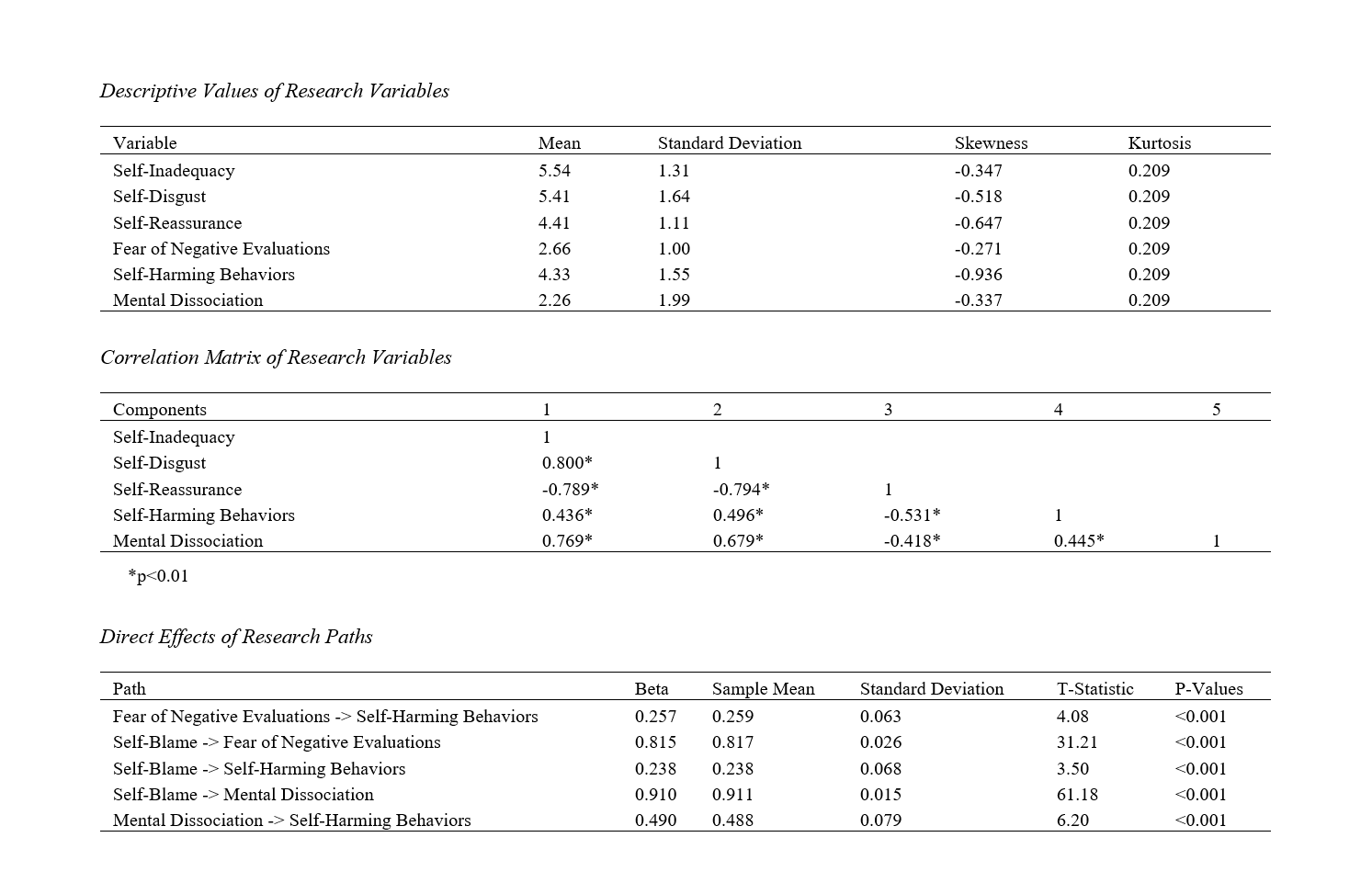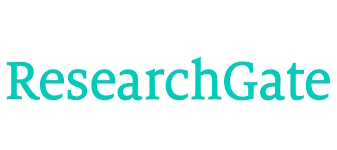Structural Equation Model of Self-Harming Behaviors Based on Self-Blame Considering the Mediating Role of Mental Dissociation and Fear of Negative Evaluation in Adolescents with Self-Harming Experience
Keywords:
Self-harming behaviors, Mental Dissociation, Self-blameAbstract
Objective: The aim of the current study was to examine the fit of the proposed model of self-harming behaviors based on self-blame, taking into account the mediating role of mental dissociation and fear of negative evaluation.
Materials and Methods: The method of the current study was descriptive-correlational and structural equation modeling. This research is also categorized as quantitative. The statistical population of the study consisted of all male and female adolescents visiting counseling centers in Qom province who had self-harming experiences in 2023. The sample size was considered to be 400 participants who were included in the study through convenience sampling. After obtaining the necessary permissions from the Islamic Azad University and coordinating with the counseling centers, the prepared questionnaires were duplicated and provided to the sample size. After visiting the counseling centers, the questionnaires were given to adolescents with a history of self-harm. Data collection tools included the Dissociative Experiences Scale by Bernstein and Putnam (1986), the Self-Criticism Scale by Gilbert et al. (2004), Watson and Friend’s (1969) Fear of Negative Evaluation (FNE) and the Self-Harming Behaviors Questionnaire by Sansone et al. (1998). The data were analyzed using Pearson correlation matrices and structural equation modeling. SPSS-25 and PLS3 software were used for data analysis.
Findings: The results showed that self-blame is not only directly associated with self-harming behaviors and can predict them but can also influence self-harming behaviors through mental dissociation and fear of negative evaluations (P<0.001).
Conclusion: It can be concluded that the researcher's proposed model and hypothesis are validated, and the researcher's assumed model fits the data well.
Downloads

Downloads
Additional Files
Published
Submitted
Revised
Accepted
Issue
Section
License
Copyright (c) 2024 Hora Lajevardi, Mehryar Anasseri, Maryam Ghahremani (Author)

This work is licensed under a Creative Commons Attribution-NonCommercial 4.0 International License.






















